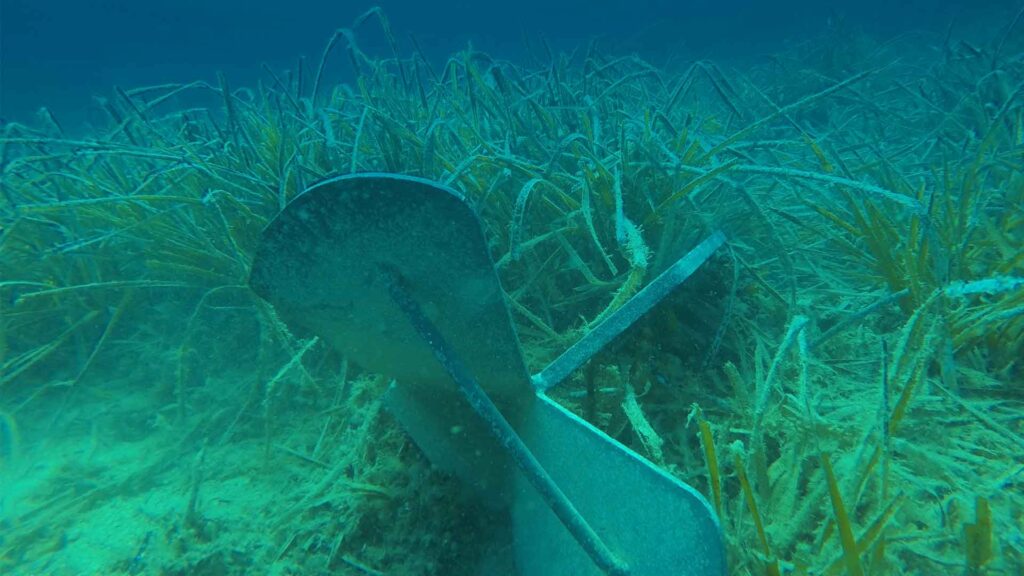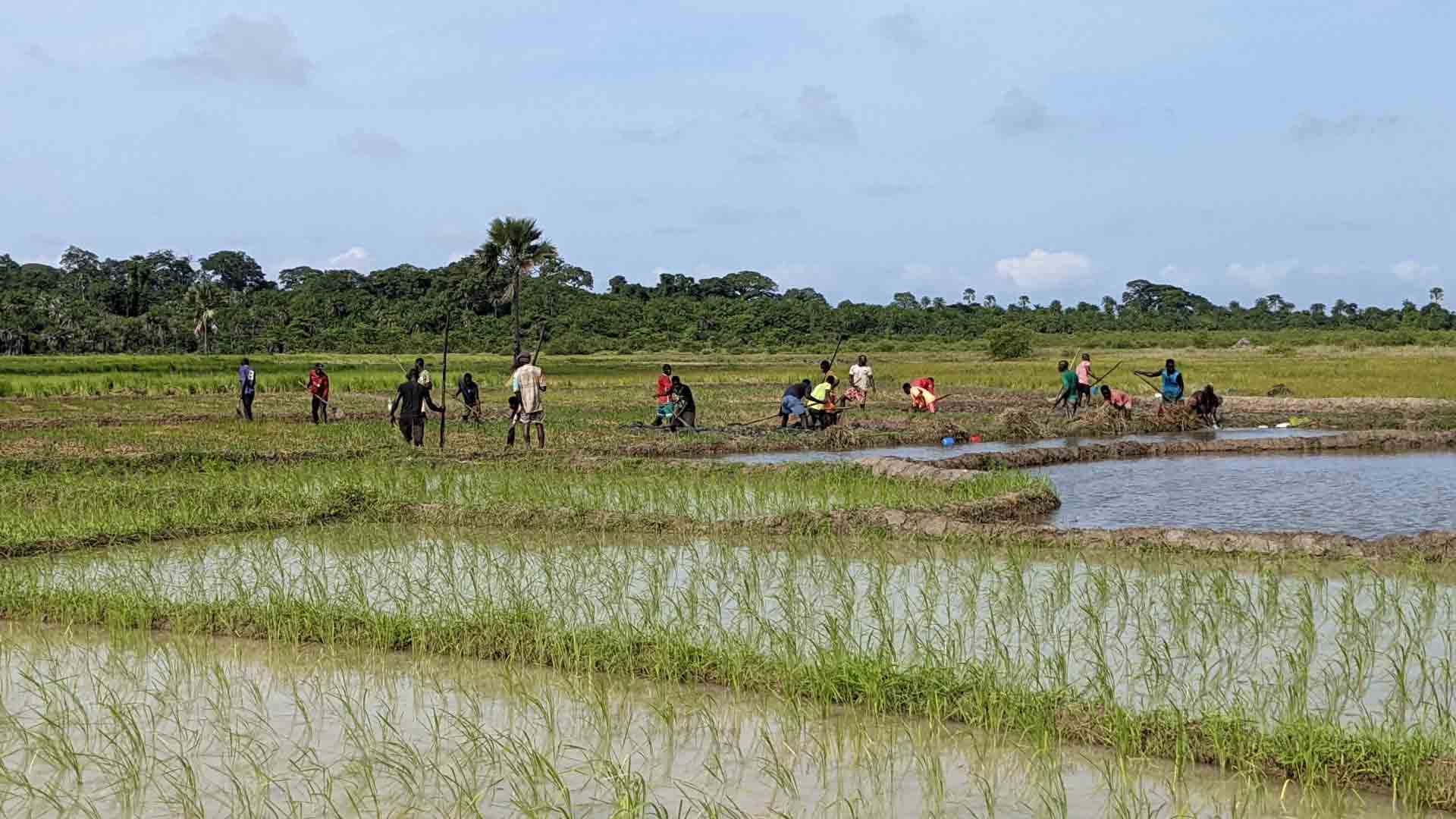Blue carbon is the carbon stored in coastal and marine ecosystems such as mangroves, salt marshes and seagrass meadows.
They represent significant carbon sinks that sequester carbon for thousands of years and provide a wide range of ecosystem services that support coastal livelihoods and adaptation to climate change.
However, despite their importance, these habitats are disappearing due to different human threats.
Human activities are deteriorating these ecosystems, which are losing their function as carbon sinks and releasing carbon into the atmosphere, thus contributing to the acceleration of climate change. Moreover, their degradation deprives biodiversity of habitats essential to its maintenance.
The artificialisation of the coastline is a major threat to these coastal ecosystems. Posidonia, in addition to being threatened by trawling, aquaculture, agricultural pollution and the discharge of waste water, is particularly affected by the development of leisure boating and repeated anchoring on the seabed. As for the degradation of mangroves, the lack of administrative management of West African coastlines and unregulated access to natural resources are to blame.
In the Mediterranean, over the last 50 years, up to 50% of the area of Posidonia meadows has been lost. The remaining meadows have seen their shoot density thinned by 50% over the last 20 years and have become more fragmented. Boat anchors can create scars 1 to 2 metres wide and 300 metres long. In West Africa, mangroves declined by 25% between 1980 and 2006, an average annual rate of 2-7% in terms of carbon storage.
In the face of insufficient public funding to protect these vital habitats, conservationists are seeking innovative initiatives for public-private sector collaboration.
Following the 1997 Kyoto Protocol, the carbon market has been a way for companies to offset their emissions through the purchase of carbon credits that can be reinvested in certified projects to preserve or replant carbon sequestering ecosystems.
However, developing blue carbon finance projects is challenging, as it necessitates time, a high level of expertise and an initial financial investment.
Thus, to date, there are very few marine projects benefitting from this mechanism. Furthermore, there has been recent questioning of the integrity of the science underlying terrestrial certified carbon projects, calling for a rigorous examination of methodologies used
Our solutions
Posidonia protection
Development of an eco-mooring project financed by blue carbon
In collaboration with the Centre for Advanced Studies of Blanes, BlueSeeds studied the feasibility of developing an eco-mooring project financed by blue carbon to conserve meadows of Posidonia oceanica degraded by anchorage from boaters.
In 2022, our team spent 7 months in the bay of Guillola, Catalonia to collect data on the carbon located in the meadows in relationship to water depth and anchorage damage. Anchorage damage had never been properly quantified in the Mediterranean Sea with the idea of inferring carbon stock loss due to anchoring activity. Three months of analysis then allowed us to model the financial solvency of an eco-mooring project.
Results indicate that a blue carbon financed eco-mooring project in the bay of Guillola could be feasible in terms of emissions reduction potential and conservation outcomes. However, it is unlikely to be financially feasible on its own in the current blue carbon certification landscape. Co-financing could be an additional solution to fund this type of conservation project.
Would you like to know more about our methodology and our project?






Mangrove protection
WAM, an assistance programme for the blue carbon financing of mangrove conservation projects in West Africa
BlueSeeds and the IUCN have been developing a new project called WAM for “West African Mangrove carbon project”. This assistance programme aims to assist West African MPA managers and other conservation stakeholers (NGOs and local communities) in implementing mangrove conservation projects financed by carbon credits. This programme will allow us to capture global funding for mangrove conservation, in payment for the carbon sequestration function of these ecosystems.
The WAM project will overcome one of the main barriers to implementing such projects, which is that conservationists lack the technical and financial skills for selling approved carbon credits on the carbon market. It will support local actors on three aspects: implement carbon finance projects, the protection of mangroves from degradation, and the restoration of degraded mangroves.
Are you interested in this project? Ask for the concept note.